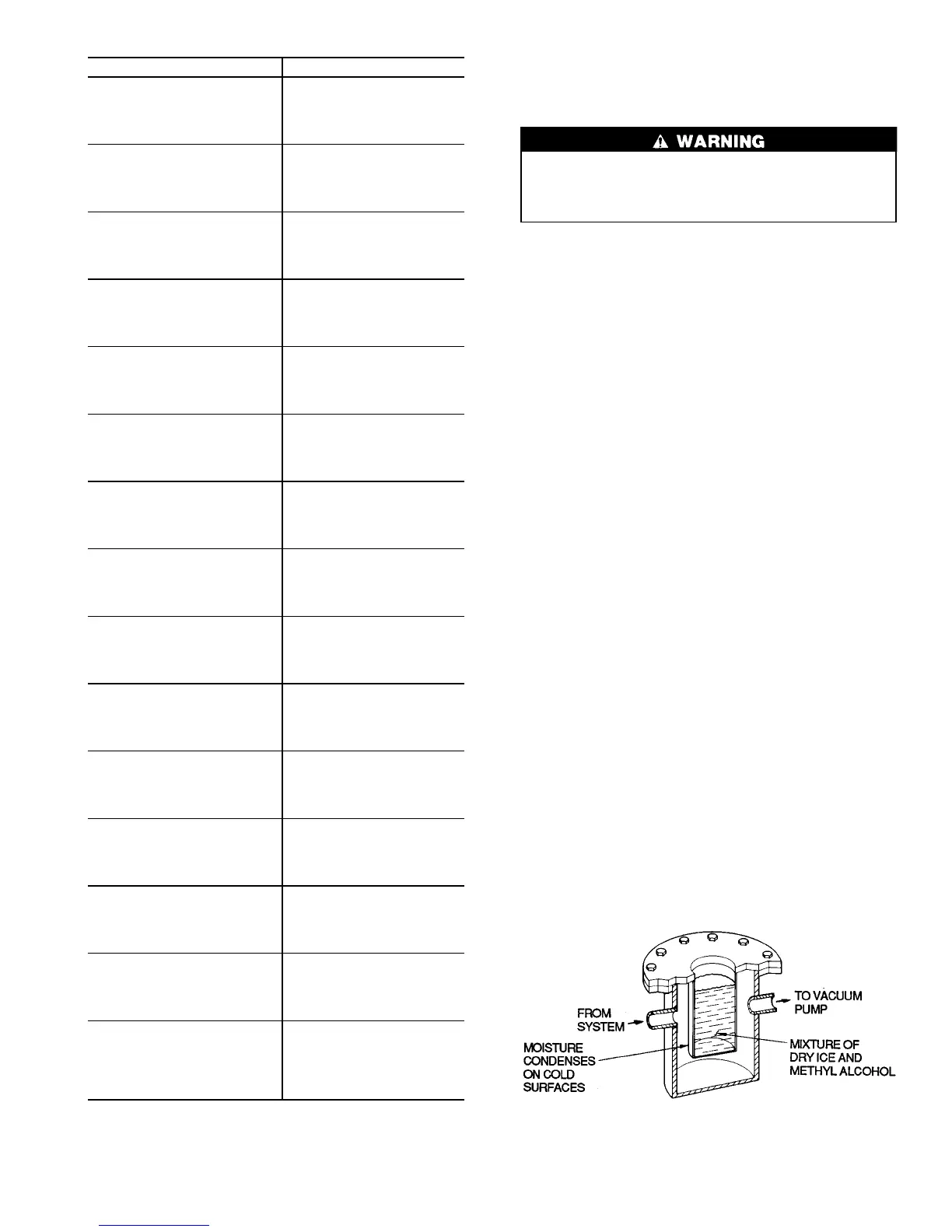Table 5B — HFC-134a Pressure — Temperature (C)
TEMPERATURE (C) PRESSURE (kPa)
-18.0 44.8
-16.7 51.9
-15.6 59.3
-14.4 66.6
-13.3 74.4
-12.2 82.5
-11.1 90.8
-10.0 99.4
-8.9 108.0
-7.8 118.0
-6.7 127.0
-5.6 137.0
-4.4 147.0
-3.3 158.0
-2.2 169.0
-1.1 180.0
0.0 192.0
1.1 204.0
2.2 216.0
3.3 229.0
4.4 242.0
5.0 248.0
5.6 255.0
6.1 261.0
6.7 269.0
7.2 276.0
7.8 284.0
8.3 290.0
8.9 298.0
9.4 305.0
10.0 314.0
11.1 329.0
12.2 345.0
13.3 362.0
14.4 379.0
15.6 396.0
16.7 414.0
17.8 433.0
18.9 451.0
20.0 471.0
21.1 491.0
22.2 511.0
23.3 532.0
24.4 554.0
25.6 576.0
26.7 598.0
27.8 621.0
28.9 645.0
30.0 669.0
31.1 694.0
32.2 720.0
33.3 746.0
34.4 773.0
35.6 800.0
36.7 828.0
37.8 857.0
38.9 886.0
40.0 916.0
41.1 946.0
42.2 978.0
43.3 1010.0
44.4 1042.0
45.6 1076.0
46.7 1110.0
47.8 1145.0
48.9 1180.0
50.0 1217.0
51.1 1254.0
52.2 1292.0
53.3 1330.0
54.4 1370.0
55.6 1410.0
56.7 1451.0
57.8 1493.0
58.9 1536.0
60.0 1580.0
Machine Dehydration — Dehydration is recom-
mended if the machine has been open for a considerable pe-
riod of time, if the machine is known to contain moisture, or
if there has been a complete loss of machine holding charge
or refrigerant pressure.
Do not start or megohm test the compressor motor or
oil pump motor, even for a rotation check, if the ma-
chine is under dehydration vacuum. Insulation break-
down and severe damage may result.
Dehydration is readily accomplished at room tempera-
tures. Use of a cold trap (Fig. 29) may substantially reduce
the time required to complete the dehydration. The higher
the room temperature, the faster dehydration takes place. At
low room temperatures, a very deep vacuum is required for
boiling off any moisture. If low ambient temperatures are
involved, contact a qualified service representative for the
dehydration techniques required.
Perform dehydration as follows:
1. Connect a high capacity vacuum pump (5 cfm
[.002 m
3
/s] or larger is recommended) to the refrigerant
charging valve (Fig. 7 and 8). Tubing from the pump to
the machine should be as short and as large a diameter as
possible to provide least resistance to gas flow.
2. Use an absolute pressure manometer or a wet bulb vacuum
indicator to measure the vacuum. Open the shutoff valve
to the vacuum indicator only when taking a reading. Leave
the valve open for 3 minutes to allow the indicator vacuum
to equalize with the machine vacuum.
3. Open all isolation valves (if present), if the entire ma-
chine is to be dehydrated.
4. With the machine ambient temperature at 60 F (15.6 C)
or higher, operate the vacuum pump until the manometer
reads 29.8 in. Hg vac, ref 30 in. bar. (0.1 psia)
(–100.61 kPa) or a vacuum indicator reads 35 F (1.7 C).
Operate the pump an additional 2 hours.
Do not apply greater vacuum than 29.82 in. Hg vac
(757.4 mm Hg) or go below 33 F (.56 C) on the wet bulb
vacuum indicator. At this temperature/pressure, isolated
pockets of moisture can turn into ice. The slow rate of
evaporation (sublimination) of ice at these low temperatures/
pressures greatly increases dehydration time.
5. Valve off the vacuum pump, stop the pump, and record
the instrument reading.
6. After a 2-hour wait, take another instrument reading. If
the reading has not changed, dehydration is complete. If
the reading indicates vacuum loss, repeat Steps 4 and 5.
7. If the reading continues to change after several attempts,
perform a leak test up to the maximum 180 psig
(1241 kPa) pressure. Locate and repair the leak, and re-
peat dehydration.
Fig. 29 — Dehydration Cold Trap
51
